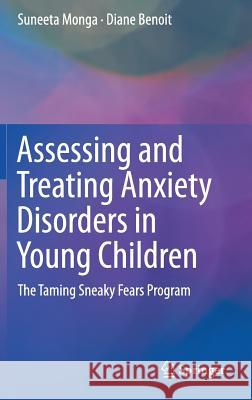Assessing and Treating Anxiety Disorders in Young Children: The Taming Sneaky Fears Program » książka
topmenu
Assessing and Treating Anxiety Disorders in Young Children: The Taming Sneaky Fears Program
ISBN-13: 9783030049386 / Angielski / Twarda / 2019 / 222 str.
Kategorie:
Kategorie BISAC:
Wydawca:
Springer
Język:
Angielski
ISBN-13:
9783030049386
Rok wydania:
2019
Wydanie:
2018
Ilość stron:
222
Waga:
0.51 kg
Wymiary:
23.39 x 15.6 x 1.42
Oprawa:
Twarda
Wolumenów:
01
Dodatkowe informacje:
Wydanie ilustrowane











